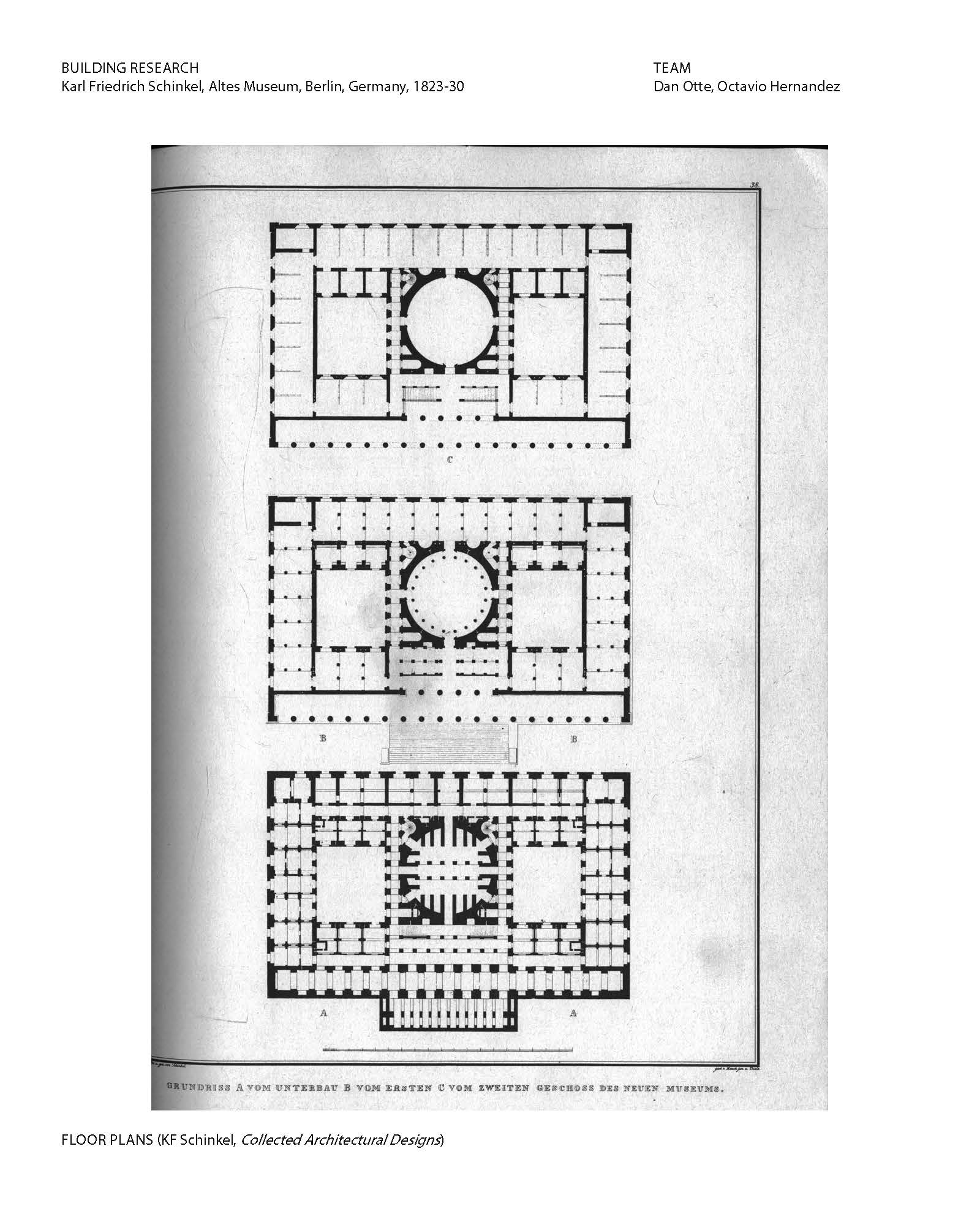Big Dumb Building
Instructor: Andrew ZagoSpring 2018

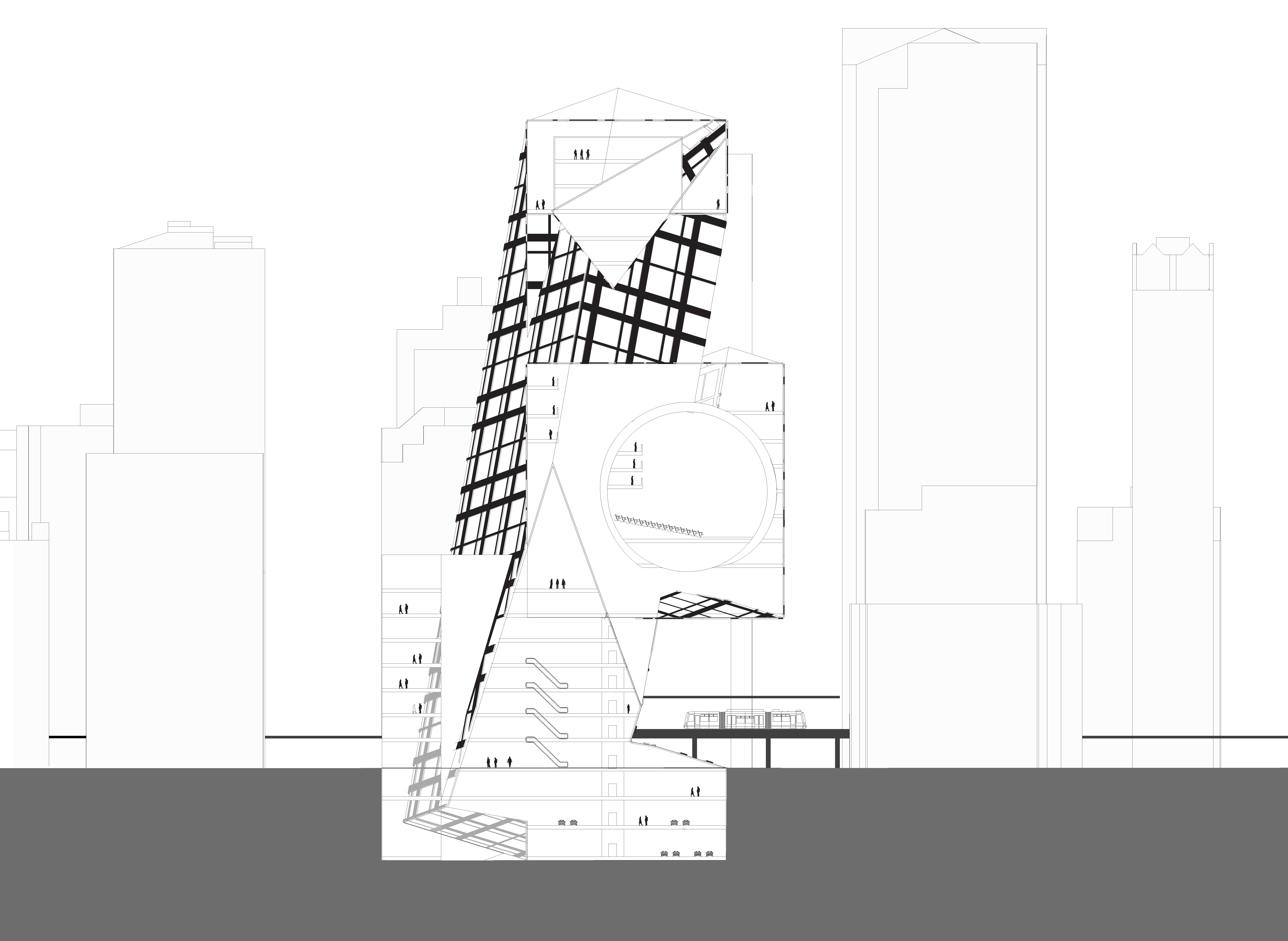
Big Dumb Building
This studio examines the relationship between architecture and the city, deepening students’ understanding of the ways in which architecture can both inform, and be informed by, the city into which it intervenes. Through both the in-depth study of relevant examples and site research, models of formal, infrastructural, and ecological approaches to architecture’s interface with cities are considered and applied. Tasked with developing proposals for a large, mixed use project, students are encouraged to design into existing urban conditions with an understanding of the dynamic and interdependent forces of economics, planning, ecology, politics, and infrastructure that have shaped the contemporary city.




Contemporary cities are complex organisms that defy any easy analysis or singular characterization. In the past hundred years cities have grown to dwarf the scale of historic human settlements, stretching to the limits of comprehension. Nonetheless there remains the physical fact of cities. They are composed not only of flows of capital, information, peoples, and resources, but also of the inert mass of streets, buildings, and infrastructure. These shaped things are unavoidable presences and, after they are shaped, to quote Churchill, “they shape us.” Given the dizzying breadth of pressing urban concerns, architecture is sometimes seen to be of minor importance. This studio will argue that architecture is, instead, an urgently needed element in cities; that it represents a virulent and dynamic strain of the built environment that can uniquely provide our cities with defining new diagrams.




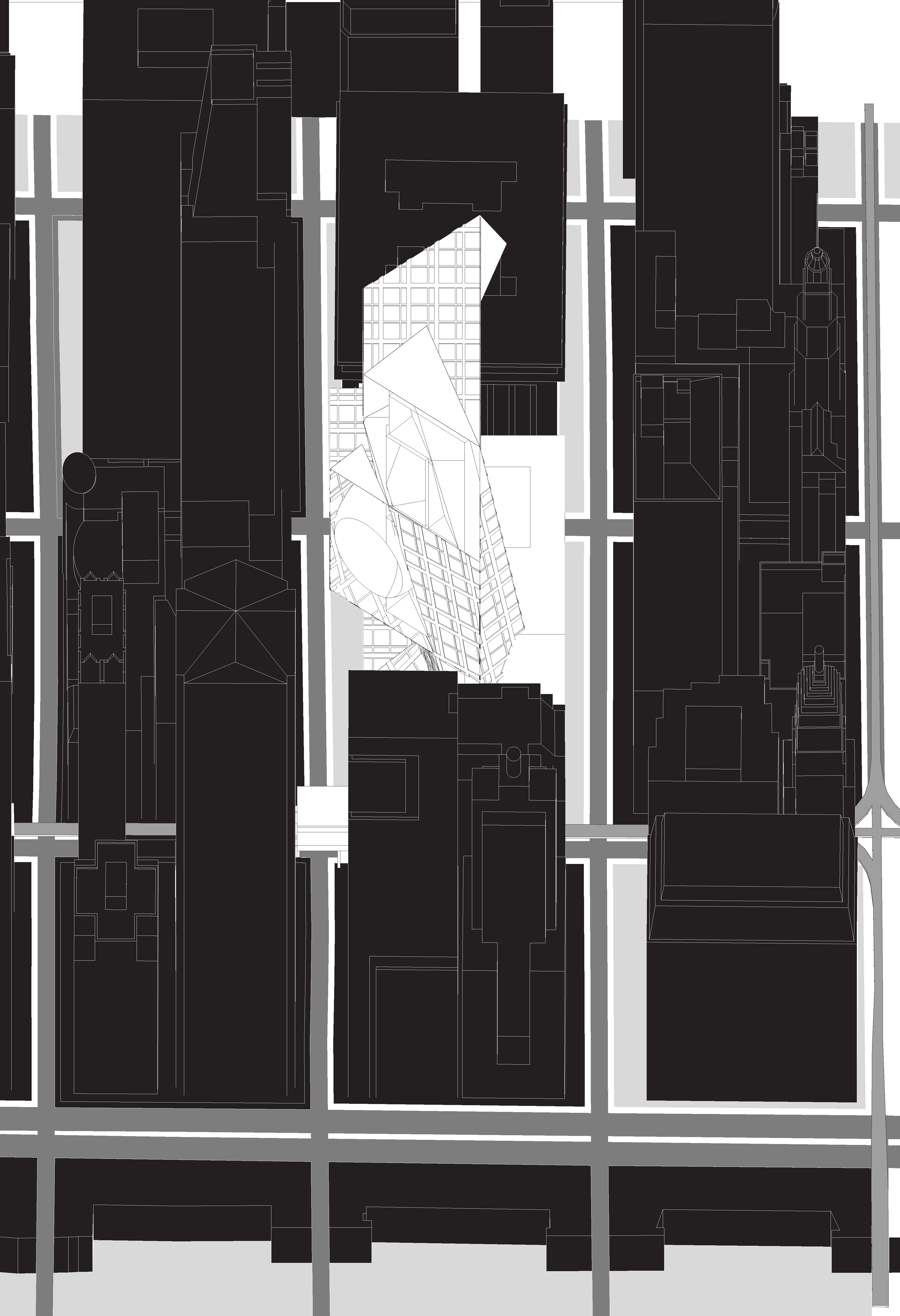
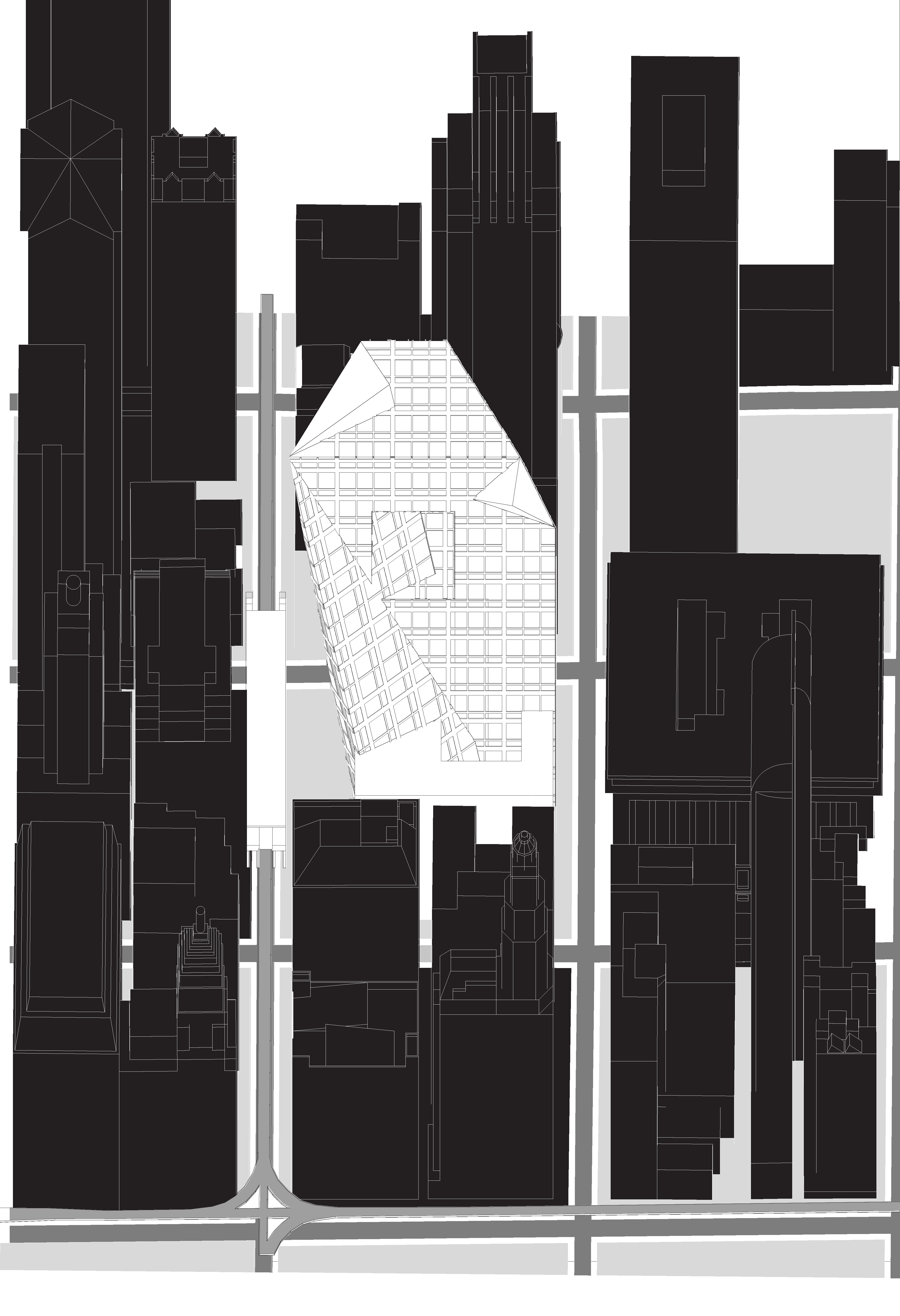
Urban studies never attribute significant importance to research dealing with singular urban artifacts.
Aldo Rossi, The Architecture of the City


Urbanism as rchitecture
The studio project is for a very large mixed use building in the Chicago loop to replace Helmut Jahn’s James R. Thompson Center (formerly the State of Illinois Building), and is to be conceived in relation to the current controversy surrounding the proposed sale of the building. The studio’s main focus is on disciplinary questions of the relationships amongst typology, function, and form in urbanism. These questions will be considered as they relate to current issues of urban politics and policy, infrastructure, and large scale buildings.
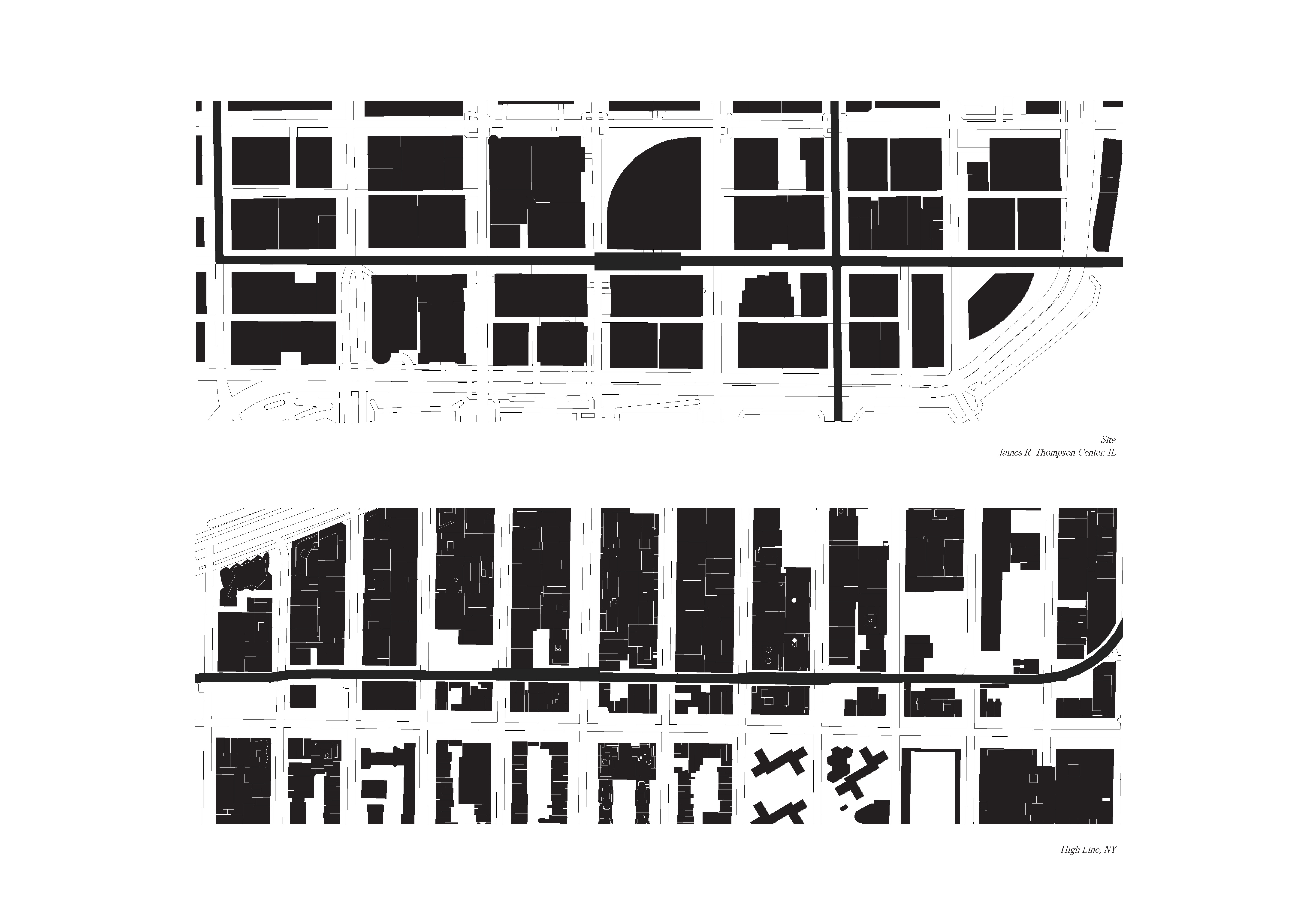

Design Strategy
A central proposition of this studio is that strong architectural projects, at the scale of the city, are not only of interest to other architects, but are a (and maybe the) necessary and currently missing catalyst for a new urban vitality. Though Chicago’s period of daring architectural innovation has waned, it remains rare among great cities in that its urban character has been formed as much by individual, ambitious works of architecture, as by its overall urban plan. More typically one sees the spatially vague tools of urban planning, land use, and policy shape urban form as a default outcome of non-formal processes. Counteracting this tendency requires the willful shaping of architectural form, imagined large and without trepidation. For us in Chicago, urbanism will be posited as a question of architecture, not planning.
The studio explores urbanism through the examination and development of single buildings that, owing to their size, form, or urban impact become in themselves urbanism. The potential of a Big _____ Building to function as an urban agent will be explored throughout the semester. The topic is first introduced through the study and analysis of relevant examples and continues through the design of a large building.

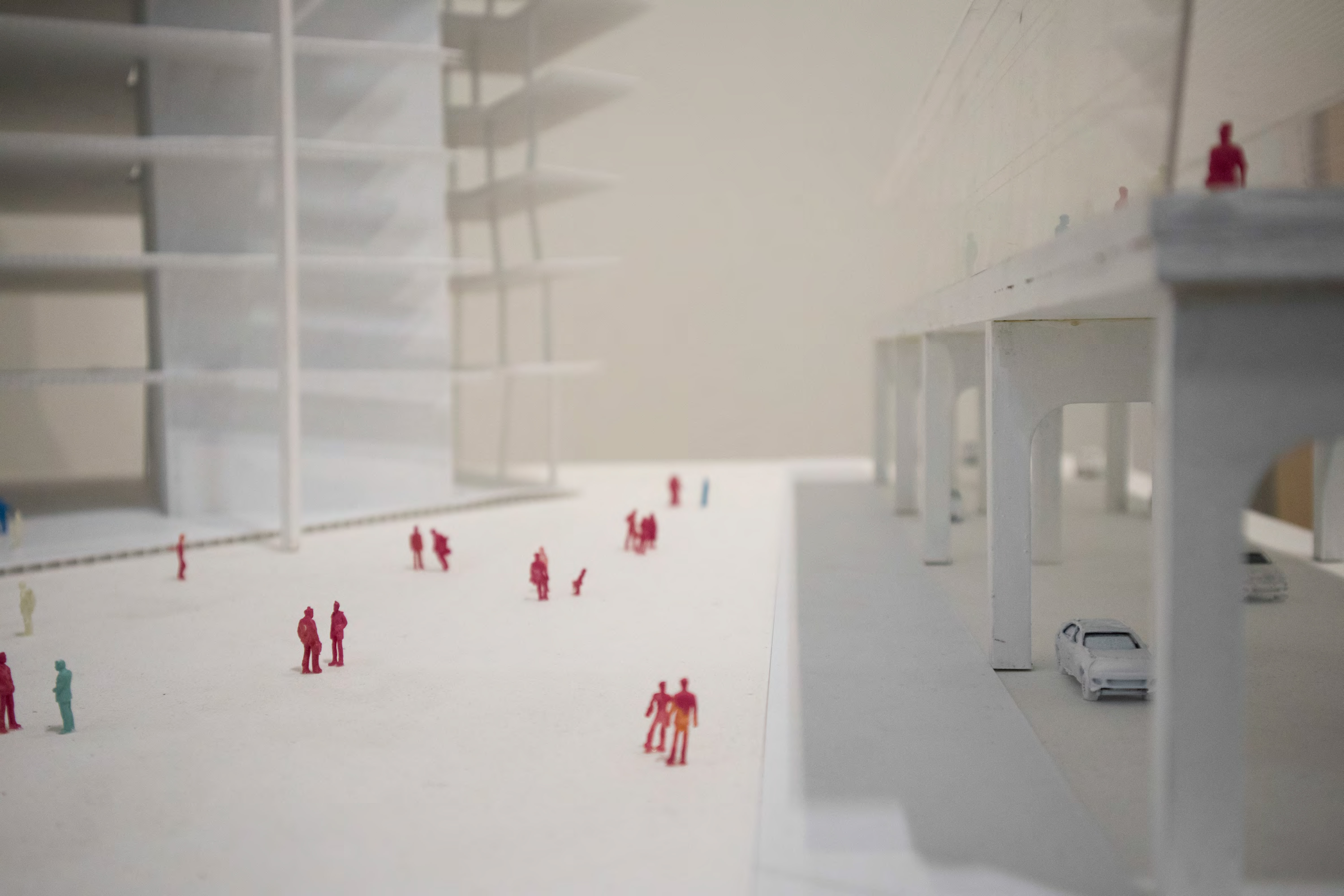

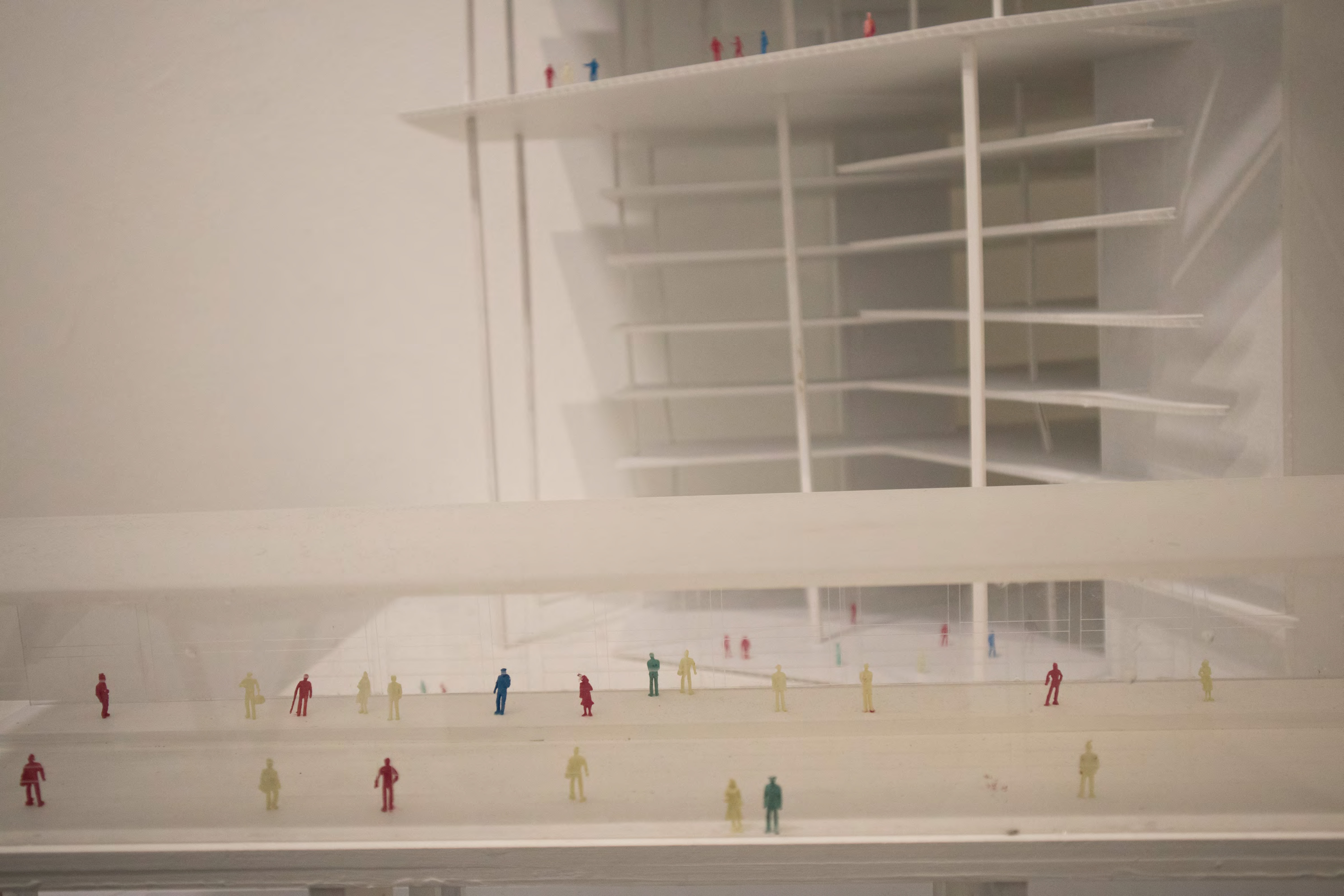

Public spaces


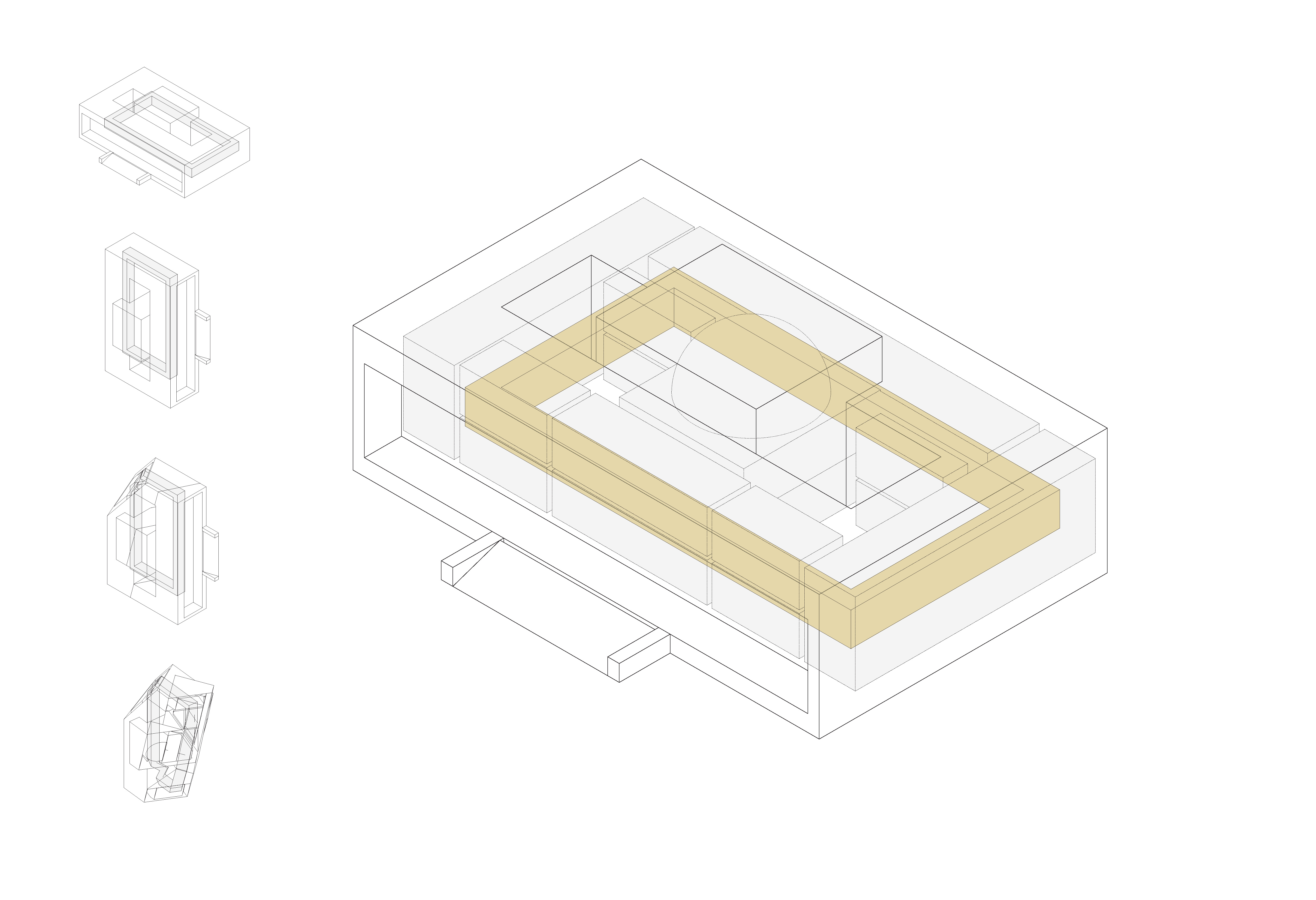
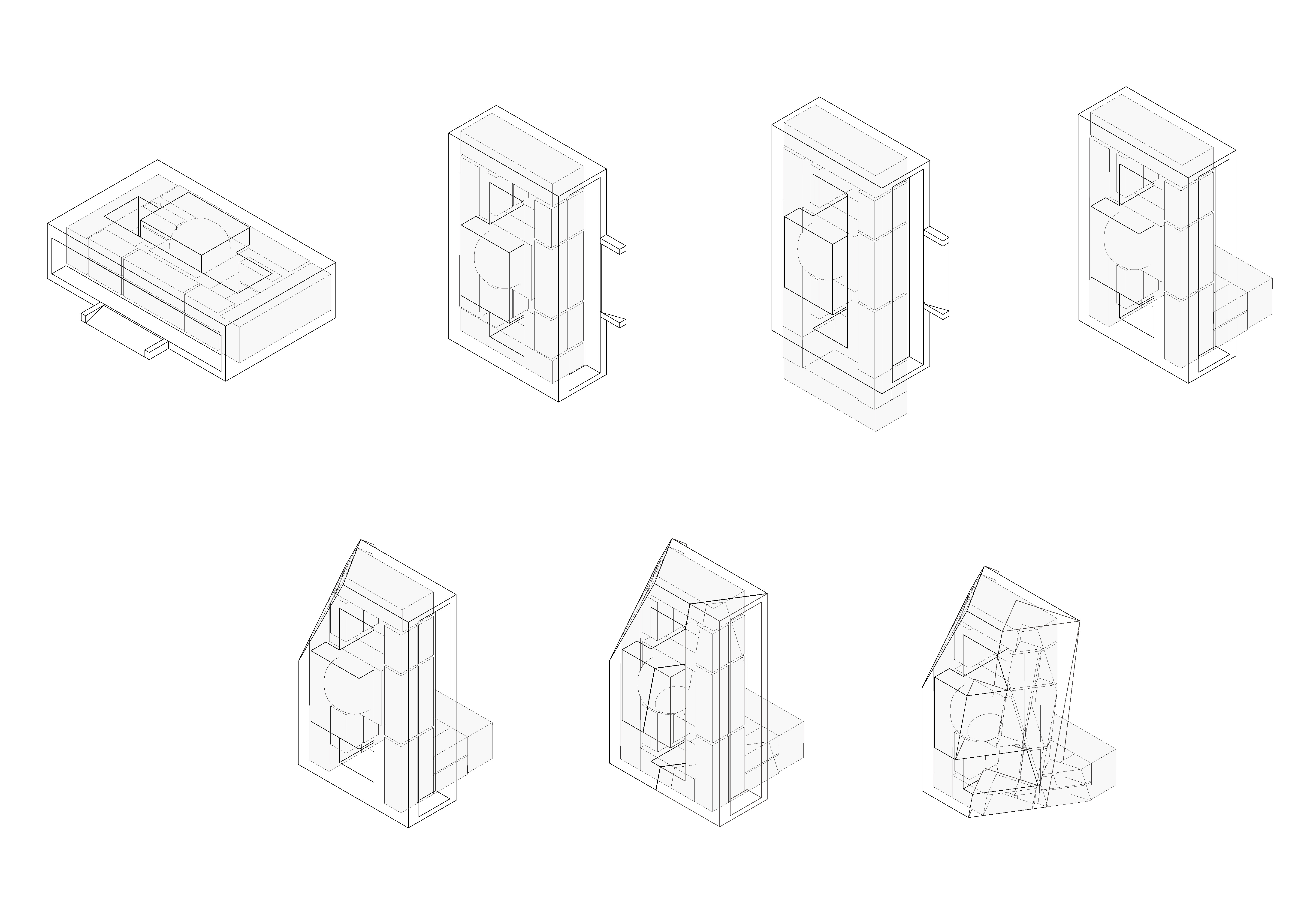
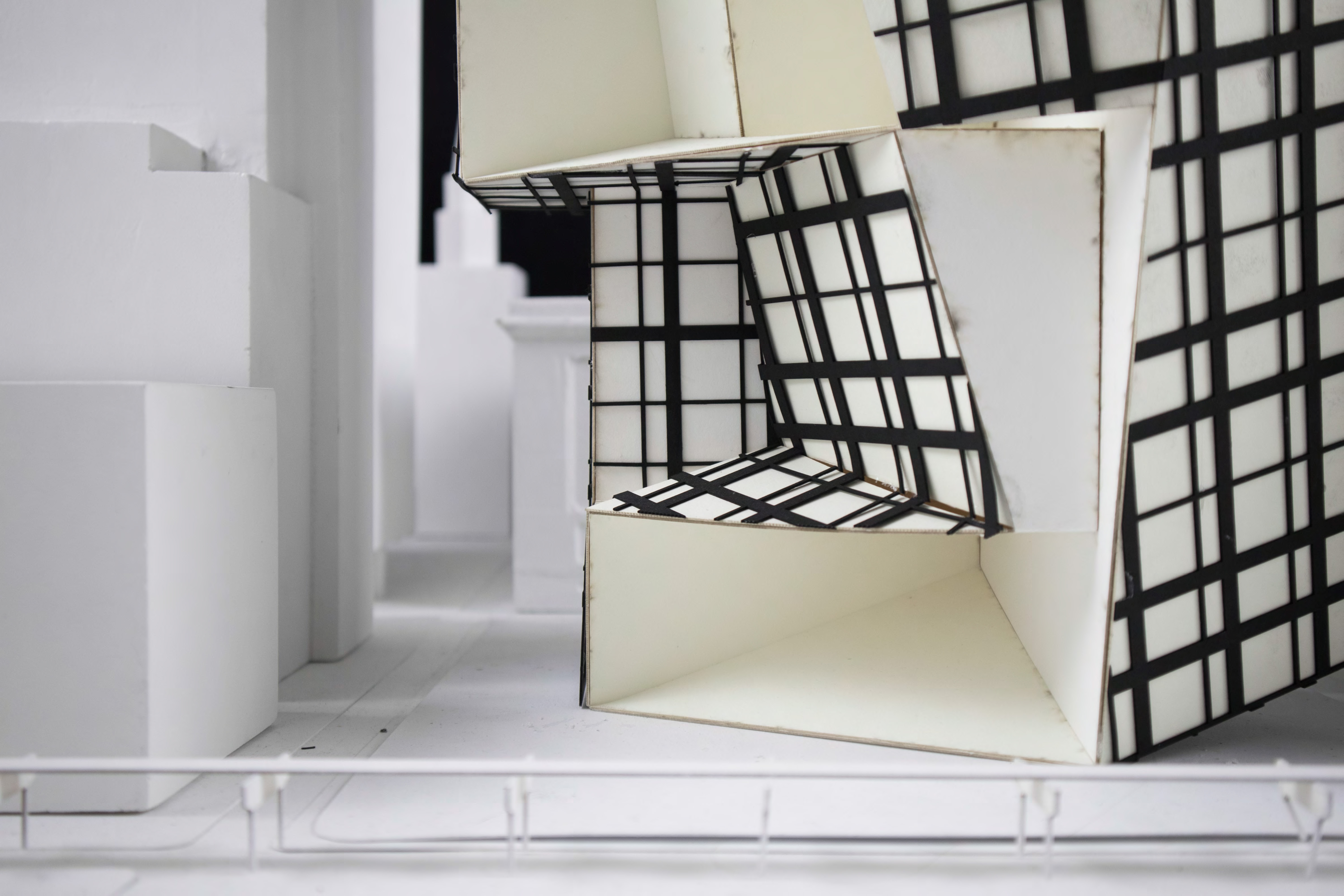




Massing model









Research 1:Inside and outside
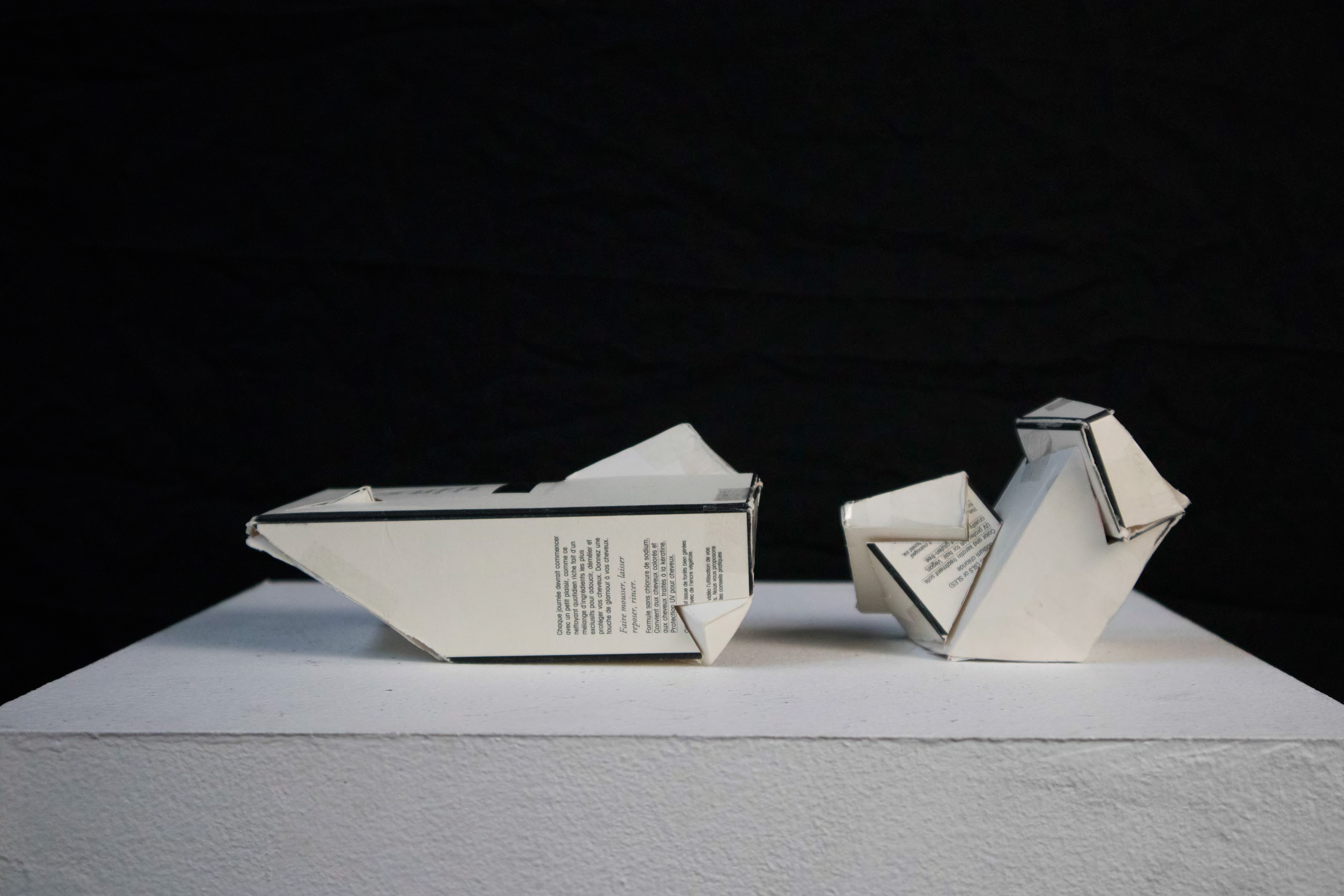
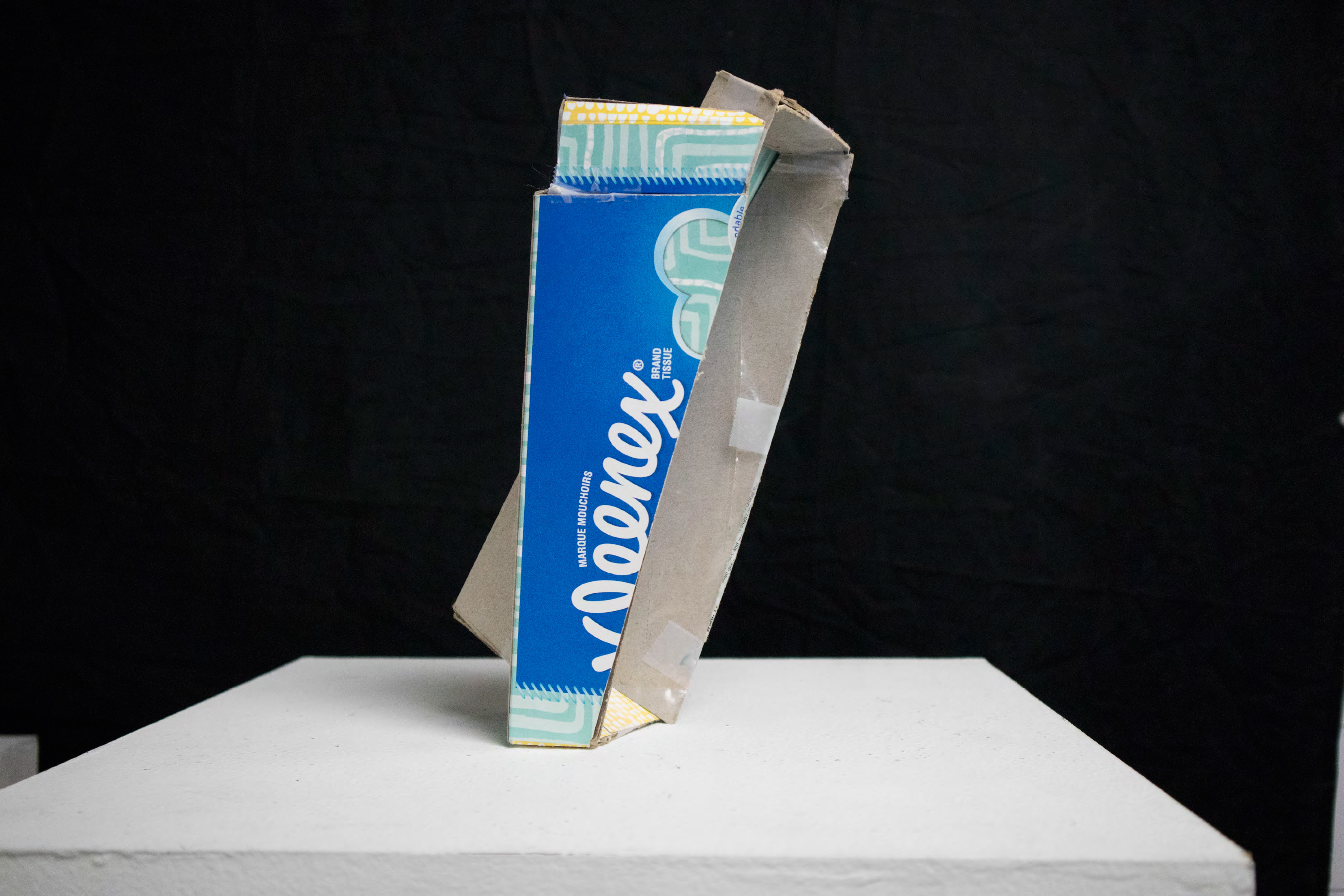

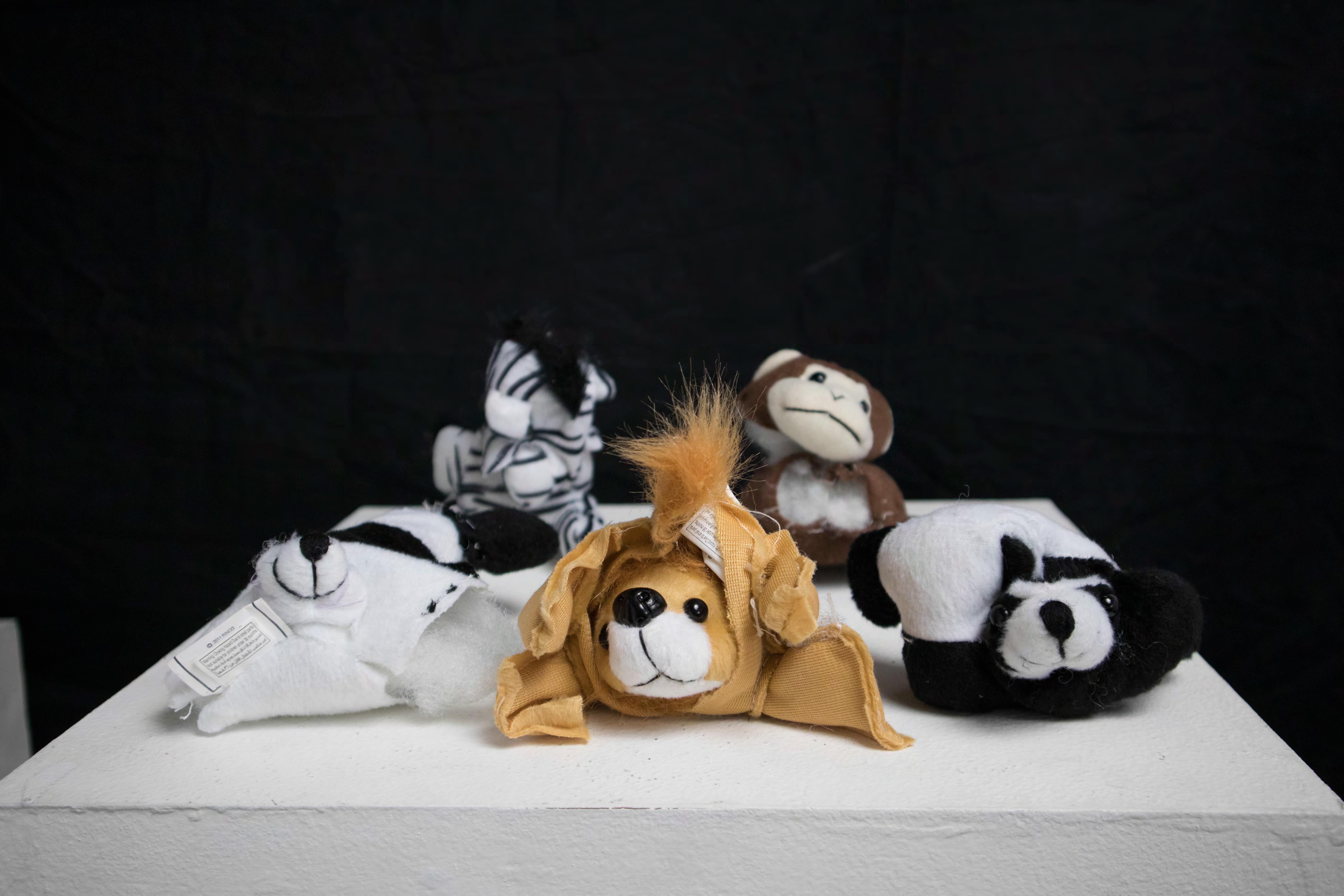


Research 2:Be out of shape, Altes Museum


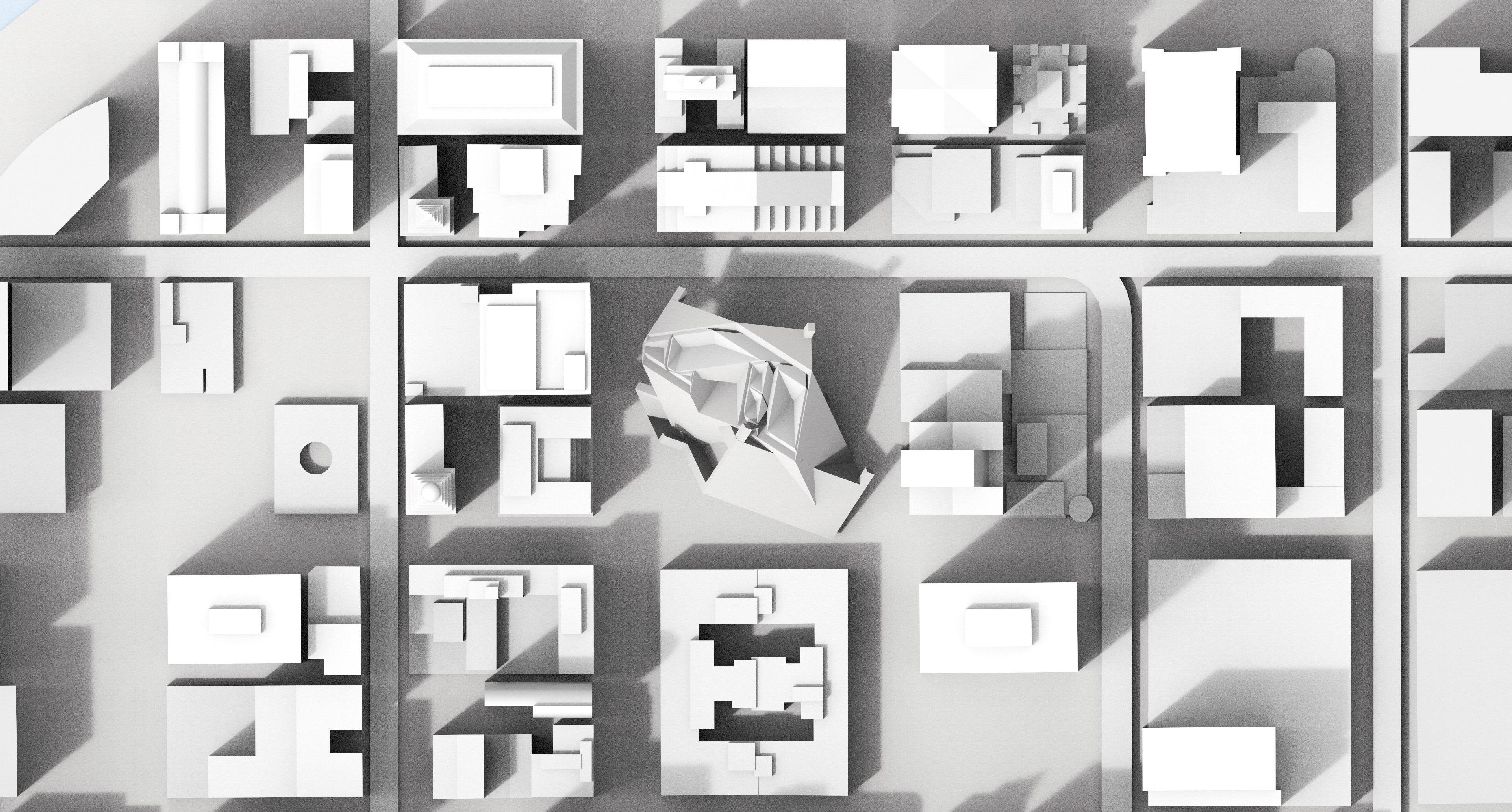
、
![]()
![]()
![]()


